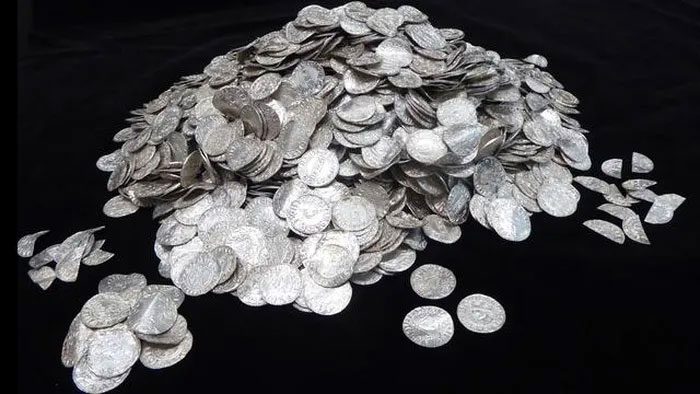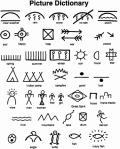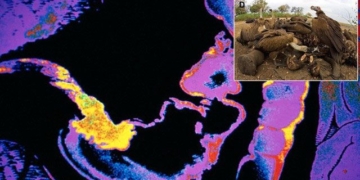A Treasure Trove of Silver Coins from the Norman period has been confirmed as the most valuable treasure in England’s history.
This treasure was discovered five years ago in the southwest region of England and was purchased by a heritage fund for £4.3 million (approximately $5.6 million).
Seven individuals involved in the treasure hunt will share half of the total amount, which amounts to over £2 million, while the other half will go to the landowner where the treasure was found.

This treasure trove is valued at over $5 million. (Source: British Museum).
According to the South West Heritage Trust, the organization that acquired the treasure, the coins date back to around 1066-1068, a tumultuous period in English history when the Normans executed their successful final conquest.
The oldest coin in the treasure features the portrait of King Edward (the Confessor), who died in January 1066 without a direct heir. This event led to a power crisis as three contenders vied for the throne: Harold Godwinson, Earl of Wessex; Harald Hardrada, King of Norway; and William, Duke of Normandy.
Before his death, King Edward had designated Harold Godwinson as his successor. However, Harold II, newly crowned, faced challenges from the other two rivals and was ultimately defeated by William at the Battle of Hastings in October 1066.
This collection of coins vividly illustrates the conflict of that era, with nearly half of the coins bearing the image of Harold II, while the remainder depicts William I (the Conqueror).
Amal Khreisheh, an archaeologist from the South West Heritage Trust, stated: “This treasure marks a significant moment in English history, when power transitioned from the Anglo-Saxon dynasty to the Normans“.
She also mentioned that the treasure may have been buried around 1067-1068 on an estate in Chew Valley, owned by Giso, Bishop of Wells. It is likely that this money was hidden for protection amid the rebellions against William, particularly in the southwest of England.
In 1068, the people of Exeter rebelled against William, while Harold’s sons returned from exile in Ireland and conducted raids in the Avon and Somerset areas, where the treasure was discovered.
The finding of such a large number of coins from the time of Harold II is extremely rare, with the amount of his coins in this treasure being double that of any previous findings.
These precious coins will be publicly displayed at the British Museum in London starting November 26, before being transferred to museums in the southwest region of England.





















































